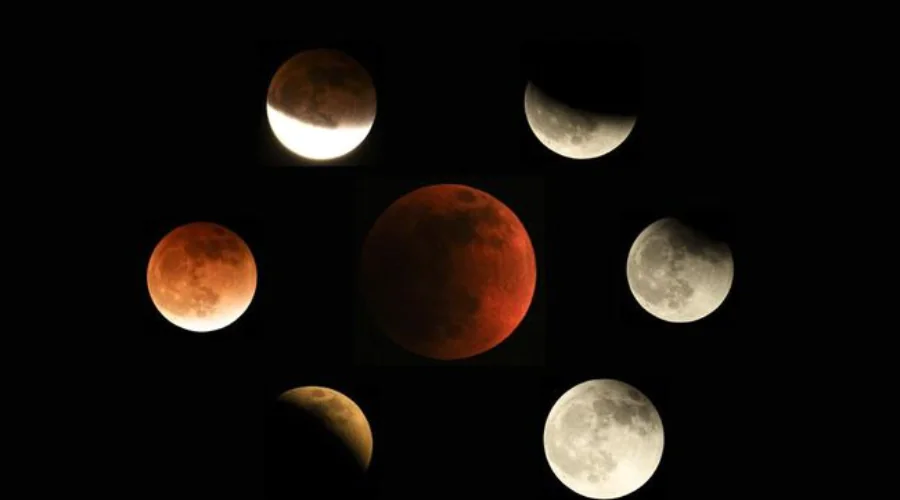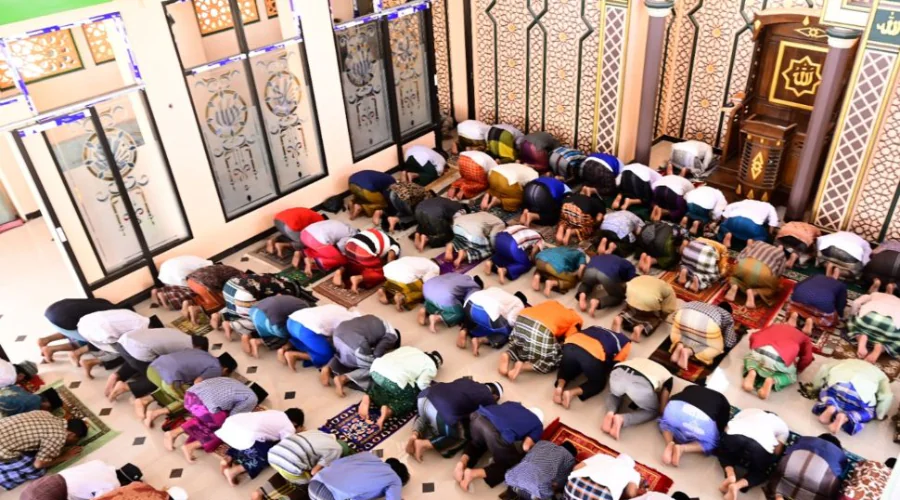
- 08 Nov
- 2022
lustrasi gerhana bulan total. Foto: AP/Ringo H.W. CNN
This is the Explanation of a Lecturer at UM Surabaya about the Red Moon Blood Moon during a Total Lunar Eclipse
In the evening of 8 November 2022, the people of Indonesia will witness the total lunar eclipse phenomenon. The public is advised not to miss this opportunity because the next total lunar eclipse in Indonesia will only occur on September 7, 2025.
Andi Sitti Mariyam, a lecturer in Astronomy at UM Surabaya, explained that a lunar eclipse occurs when the moon passes through the earth's shadow. He explained, if only part of the moon is exposed to the earth's shadow, what will happen is a partial lunar eclipse.
However, if all parts of the moon are exposed to the earth's shadow, the phenomenon that occurs is a total lunar eclipse where the moon will appear reddish in color. During a lunar eclipse, the sun's light reaches the moon entirely through the atmosphere.
Mariyam called the polychromatic sunlight which consists of many colors scattered, only the red color reaches the moon.
“That is why during an eclipse the moon is red. The red color of the moon depends on the atmospheric conditions, the more the number of solid particles, the redder the moon will be," said Mariyam Tuesday (8/11/22)
According to Mariyam as an Astronomy Expert, the moon will enter the earth's penumbra at 15.02 and enter the earth's umbra shadow at 16.09 WIB. The moon begins to experience a total eclipse at 17.17 WIB. At that time, the position of the moon was still below the horizon so it could not be observed.
The new moon rises on the eastern horizon at 17.20 WIB, but the combination of eclipse conditions and the position that is still right on the horizon makes the moon still difficult to observe.
"We need to wait a while until the moon is slightly higher above the horizon to enjoy the view of the total lunar eclipse," he added.
Mariyam said the peak of the totality of the eclipse would occur at 17.59, where the center of the moon would be right at the center of the earth's shadow. The total lunar eclipse will end at 18:42.
"After that, the moon will slowly leave the earth's umbra shadow and end the partial eclipse phase at 19.42, after which the moon will be in the earth's penumbra region until 20.56. The total eclipse time is 5 hours 58 minutes, while the total eclipse time is 1 hour 25 minutes," he added.
He said, many beautiful objects around the moon that can be observed. During the afternoon to evening eclipse, people can see the brilliant Jupiter above the moon and Saturn overhead.
Around 20.00, Mars rises on the horizon, rises under the moon which is still experiencing a penumbral eclipse.
"Between the newly rising Mars and the moon, we will see the constellation Taurus with the Pleiades cluster and the red giant Aldebaran," concluded Mariyam.










(0) Comments